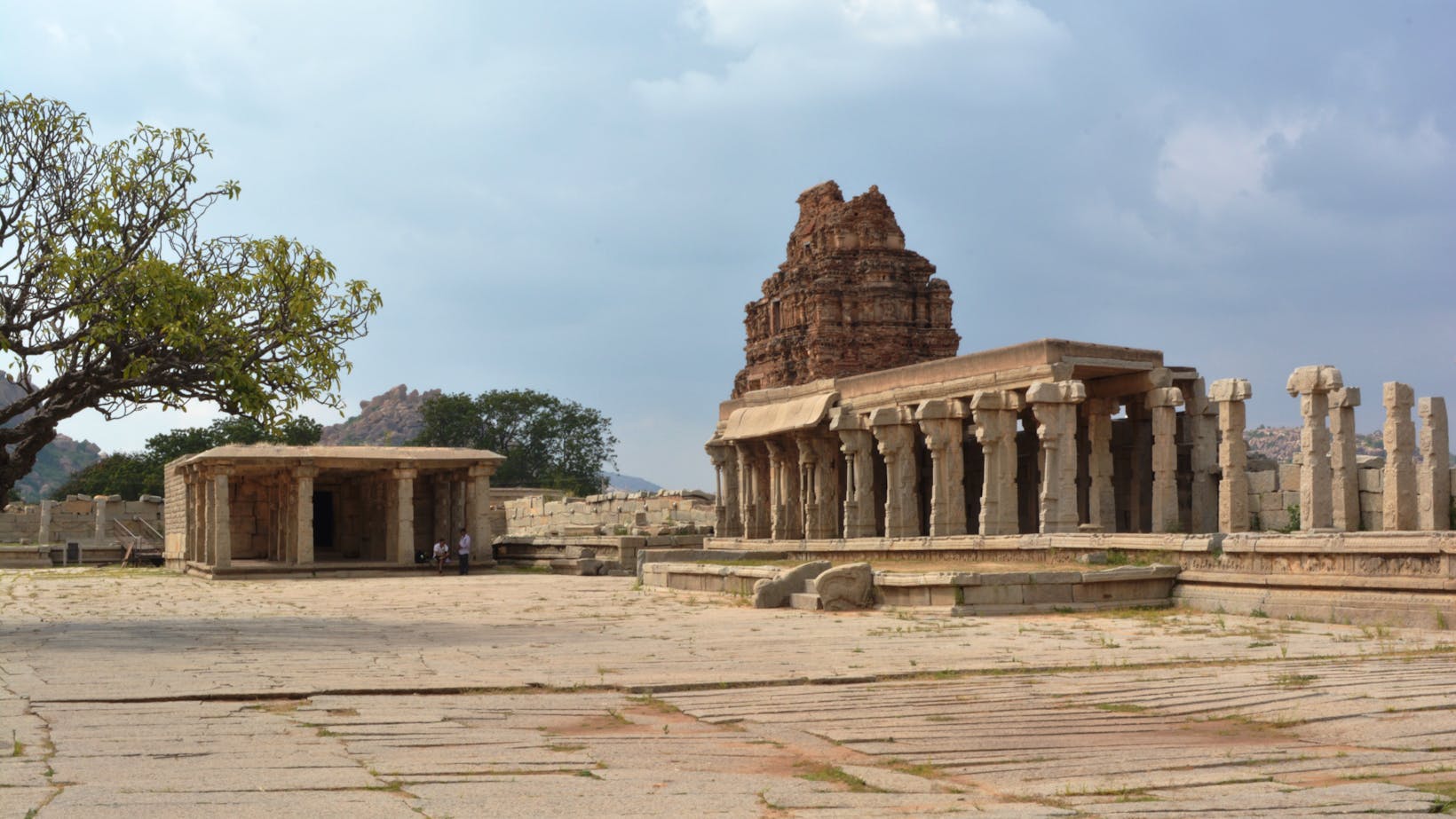Beneath the bustling cityscape of Indianapolis lies a hidden treasure – the Indiana Catacombs. A labyrinth of history and mystery, these subterranean passages offer a unique glimpse into the city’s past.
The catacombs, remnants of an old market building, have become a magnet for urban explorers and history buffs alike. They’re a testament to architectural ingenuity and the enduring spirit of the city.
Indiana Catacombs
Tucked beneath the bustling city of Indianapolis, the Indiana catacombs showcase a truly remarkable design. Consisting of approximately 21,000 square feet, space exudes a labyrinth-like form. Brick archways dominate, adding a unique charm to the subterranean passage. Lantern-light serves as the primary illumination source, casting shadows on the stone walls that comprise the catacombs, enhancing its enigmatic aura.
Passages stretch out significantly, often leading to long, fairly straight tunnels sporadically punctuated by smaller side tunnels. Arches, some rising as high as 20 feet, showcase the brilliance of century-old construction techniques. They offer support while granting the catacombs an eerie grandeur. Floors, though time-worn and gritty, remain solid underfoot, evidence of solid stonework executed perhaps in the mid-19th century.

Mysterious dead-ends add to the maze-like quality of the catacombs. These abrupt blockages, devoid of any symbolic graffiti or signs, serve as tantalizing puzzles for visitors. Every corner of the catacombs maintains a chilly atmosphere with the temperature lingering in the mid-50s, a stark contrast to the bustling city atop. Truly, the Indiana catacombs exist as a testament to the architectural prowess and stoicism of a bygone era.
Visitor’s Guide to the Indiana Catacombs
When contemplating a journey into the Indiana Catacombs, it’s vital to keep a few things in mind. First, do remember that the catacombs remain chilly – they stay in the mid-50s year-round. So, dressing warmly and appropriately gets imperative. Also, comfortable shoes are a must, given the extensive walking involved and the uneven terrain of the catacombs.
Second, the catacombs can feel mysterious and disorienting with their myriad of corridors and dead-ends. Hence, embarking upon a guided tour is highly recommended. For instance, Indiana Landmarks offers tours of the catacombs on the first and third Saturday of every month. During these tours, visitors not only navigate the 21,000 square-foot labyrinth but also glean interesting insights into the catacombs’ history and architecture, shared by knowledgeable guides.
Links to Local Heritage and Culture
The Indiana Catacombs embody not just architectural marvel but also embody Indiana’s rich heritage and culture. They provide an unfiltered perspective into the state’s past, reflecting local history from the late 19th century. Back then, in 1886, the Tomlinson Hall, an epic building located above the catacombs, served a multi-functional purpose. It played host to politically connected social events, cultural fairs, and shows, highlighting Indianapolis’s flourishing social scene at the time.
Portions of the ruined Tomlinson Hall form part of the catacombs, etching in stone an indelible mark of Indiana’s historic evolution. Magnificent columns from the original balcony sadden the labyrinth, sparking curiosity about their past glory. Stories of the Great Flood of 1913, which caused considerable damage to Tomlinson Hall, bring a critical historical event to life, enhancing the catacombs’ appeal to history enthusiasts.
Legends Associated with the Indiana Catacombs
Beyond the architectural grandeur and historical significance, the Indiana Catacombs house myriad legends, enhancing their mysterious allure. One widespread legend alludes to the haunting presence of a man, allegedly a caretaker of sorts, enveloping the catacombs in an uncanny, eerie aura. Sightings indicate the apparition lingers around the north-east corner, contributing to the chilling ambiance. Another popular myth references a secret tunnel, supposedly leading to Lockerbie Square, although explorations debunk the existence of such a passageway.

Speculation about the catacombs’ relation to the Underground Railroad prevails despite a lack of concrete evidence, connecting the catacombs indirectly to Indiana’s Abolitionist past. Similarly, legends about hidden treasure chests or secret meetings of notorious gangs remain unverified, offering an aspect of romanticized intrigue to visitors. Although largely anecdotal and unproven, these legends persist, amplifying the Indiana Catacombs’ reputation as a symbol of fascination and intrigue nationwide.
The Future of the Indiana Catacombs
The Indiana Catacombs continue to fascinate with their mysterious allure and historical significance. They’re not just a testament to Indianapolis’ past, but a foundation for the city’s future. As Indiana Landmarks continues to offer guided tours, more people will have the chance to explore this intriguing labyrinth. It’s a place where history meets legend, where every corner tells a story. The catacombs’ rumored secret tunnels and connections to the Underground Railroad continue to fuel national fascination. Yet, it’s the commitment to preservation that ensures these catacombs remain a captivating destination for generations to come. The Indiana Catacombs are more than just a chilling journey into the past. They’re a reminder of our collective history and a beacon for the future. So, as we delve deeper into the catacombs, we’re not just exploring brick archways and puzzling dead-ends. We’re uncovering the stories that make us who we are.
